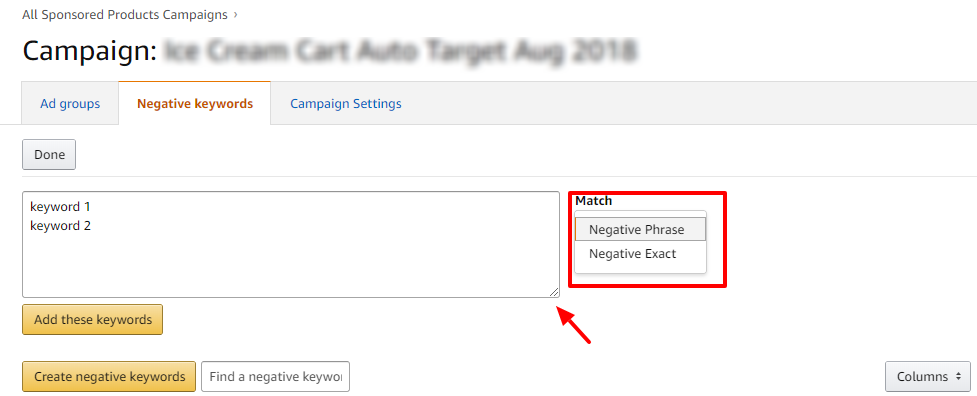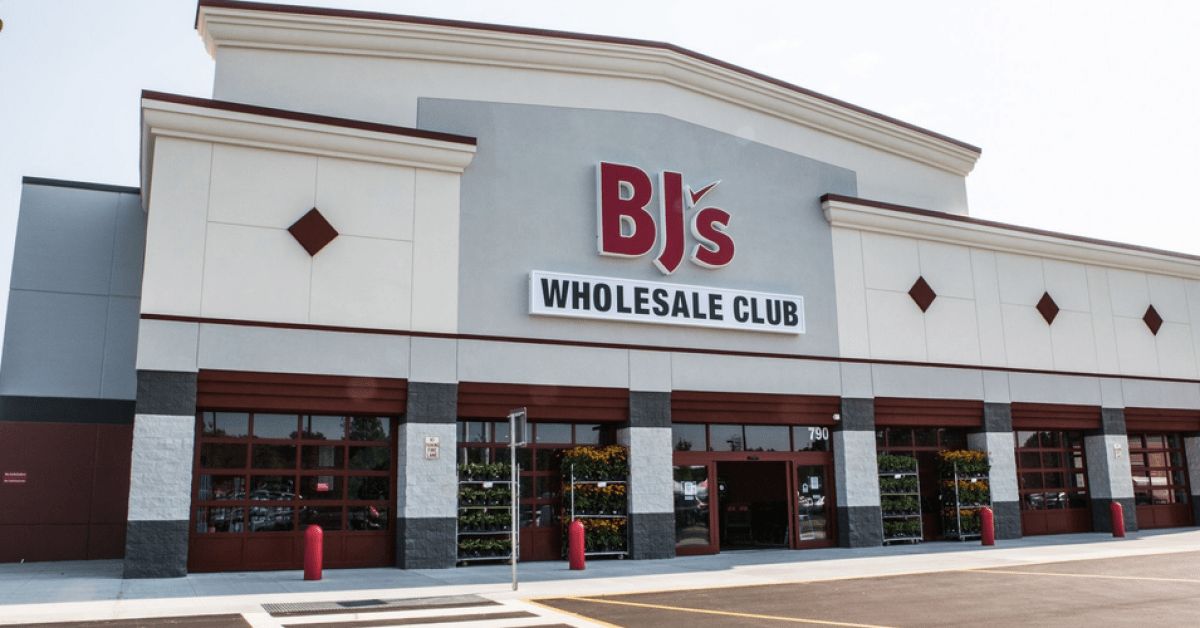
Retail's definition is becoming more fuzzy. It includes so many channels that it is difficult for one definition to be found. According to Merriam-Webster, retail is the industry of selling, with the private consumer as the endpoint and the manufacturer as the starting point. Retail includes all the channels. However, it also includes the supply chain which stretches from a shop to an online store. This article will provide information on key terms and trends as well as strategies to succeed.
Defining retail
There are many definitions of retailing. Retailing has been traditionally defined as a business selling goods to the general population. Today, there is a wide variety of retail formats. These formats all compete on price, however there are niche retailers that offer high-end brands and niche retailers. There are other types of retailers, like mass merchants or specialty stores. These are just a few examples, but they can help you understand the nature of retailing.
Some retail sectors are dominated by large, global corporations while others are dominated by small, locally-targeted companies. Large retailers tend not to be dominant in certain retail sectors, while smaller, more localized companies are gaining market share through innovative products, better customer service, and meeting local demand. Many retailers reduce their stores by opening kiosks and smaller stores. Others choose a specific store size based on the population of a city. Retail refers to both micro- and macroenvironmental factors.
Retailing is a multi-level process. Distributing products from one end to another of the production cycle is how it works. A retailer is a middle-person responsible for matching the needs of each consumer with the needs of manufacturers. French retailer means to sell, cut or break something. Retailing has evolved into a complex industry, requiring extensive knowledge in many areas.
This is an example of the rise in discount stores. They were low-status and marked-up when they first entered the US retail sector in 1950. They became high-priced, high-cost retailers over time. Then, competitors began to spot and encroach on their territory, which made them vulnerable to the next innovator. Non-price competitiveness became more popular in the last decline phase. It also had higher gross margins. This indicates that nonprice is less harmful.
Retailing trends
Retailing is one the fastest-growing sectors of the global economy. However, it is still in transition. As consumers change their lifestyles, organized retailing is growing in popularity in China and South Asia. Organized retailing is gaining popularity due to rising disposable income, urbanization, and favorable demographic patterns. In addition, consumers are turning more to organized retailing for their daily shopping needs. India's retail sector is experiencing significant changes.
Retailing trends are influenced by the aging population. Around 22 percent of Americans over 60 will be living in the United States by 2030. This demographic is known for their love of quality goods and excellent customer service. Retail must adapt to these customers and embrace new technologies in order to stay competitive. But how can retailers make their customers happier? Let's examine three of the most coveted trends in retailing. Trends in retailing can help brands increase sales and attract younger customers.

Online shopping has changed the retail landscape. Manufacturers can now sell directly to their customers through the internet. This has made online shopping easier and decreased the need to go to brick-and mortar stores. This trend, however, has the potential to undermine one of the core strengths of a retailer. Brick-and mortar stores are prime locations that can often take years to develop. A network of strategically-located outlets can give major retailers an enormous competitive edge.
Multicultural America is another trend set to change the retail landscape. Hispanics and Asians born in the 1990s or early 2000s will account for 25 percent of the U.S. total population by 2025. They will be a significant presence across the country. According to the report, age gaps between generations will grow, creating two distinct "shopping states". The report says that the financially conservative "over-50s", along with the optimistic "under-30s" group, will compete with the optimistic and more adventurous "under-30s". These lifestyle differences, shopping preferences and preferences will all have an impact on the retail market over the next decade.
Major players in the industry
Globally the retail industry is highly competitive in developed economies and mature. Emerging economies like India and Singapore have helped to stimulate the sector. These countries are home to large numbers, which in turn increases the demand for apparel, electronics, fashion, and other products. These countries are home to more than two-thirds the GDP. They have also become popular shopping destinations for Asia-Pacific. Retail is a lucrative industry that offers start-ups a great opportunity to make a profit.
While organized retail is growing, many consumers are turning to online shopping. Walmart and other major retail giants have announced plans for six Canadian locations to be closed by March 2021. However they will be investing USD 500 millions to modernize the existing stores. These major players need to determine where they will focus their efforts and create a plan for success. Retailers must have a strong retail strategy to be successful in this competitive environment.
India's retail market is most prominent in major cities. However smaller towns are also beginning to catch up. Many of these companies target second-grade cities like Pune and Ahmedabad. South Indian has taken over the supermarket concept and has had an influence on other cities. This is why these companies invest so heavily in India. But the future looks bright for India's retail industry.
The Indian retail sector is fifth in the world. The Indian retail industry is split into unorganized and organized segments. The former is mostly unorganized, while the latter is growing in popularity. India's organized retail industry is expected grow at a faster rate than its GDP by 2015. This could bring in more revenue. So, if you're looking for a retail job, consider a career in this field.
How to start a retail store

There are many options available to open a retail shop. You need to be familiar with all regulations and laws before you can open your retail business. Each state has its own rules regarding retail businesses. Make sure you visit your state's government website for information about how to open your business legally. To ensure you understand the regulations and rules of your state, it is also important to learn about any local regulations.
Point of sale systems are the best tool for retail businesses. It is worth investing in employee scheduling software, especially if your store is online. Employers will be required to work in brick-and-mortar stores. You have many options to manage these employees. Although a point-of-sale system is the most important tool for managing a retail business, there are many others.
There are many types of retail businesses that require different starting steps. Retail businesses may require large staff while others only require small teams. Here are the 11 steps to open a successful retail business. These steps don't necessarily have to be followed in any specific order. You don't have to know what kind of business you want to start. A professional in retail can help you choose.
FAQ
Do I really need to register a credit card number in order to shop online with it?
Registering your credit card is optional. Registering your credit card is optional if you want to be eligible for special offers or discounts. It's a good idea that you verify your identity to your bank.
How can I do smart online shopping?
Smart shopping online means finding ways to save money without sacrificing quality. Here are some tips:
First, shop around. Compare prices to find the best deal.
Ebates and other cashback apps are another option. They work similar to cashback programs found at physical stores. You earn points depending on how much you spend when you shop through their app. The points you earn can be redeemed for gift cards or discounts.
Thirdly, look for promo codes. You can search for them at RetailMeNot.com. Enter the code at checkout to get your savings. You will instantly see your savings.
Don't forget about clearance sections. There are often amazing deals available on high-end brands at reduced prices.
How can I avoid being scammed online when buying?
You need to be careful when purchasing online. Always read reviews and look up customer feedback before making a purchase. You should never send financial information via email. Instead, go to a secure site like PayPal. You can rest assured that your information will be safe by using this secure site.
Statistics
- Your Online Purchases 79% of Americans purchased goods and services online in 2018, which is expected to exceed 90% in 2023. (meetfabric.com)
- A report from the U.S. Census Bureau found that in the first quarter of 2022, an estimated $250 billion was spent on retail e-commerce sales.1 (thebalance.com)
- All items on AliExpress have an estimated delivery time on the product page, and it's usually anywhere from 20 to 60 days. (makeuseof.com)
- Beyond that, you'll be liable for a 25% import tax. (makeuseof.com)
External Links
How To
What are safe online shopping skills?
If you want to shop online safely, safe online shopping is essential. It is also important to know how to shop on different websites without being scammed.
If you are looking for the best ways to buy items online, read on! This article will explain all the tips and tricks that can help you avoid falling for scams.
-
Do your research. Before you decide to shop online, it's essential to do your homework first. Review the company, read customer feedback and ask friends for their recommendations.
-
Look around. If you're unsure whether a particular store is reputable, compare prices among several sellers. Consider price comparison apps like Amazon Price Checker or Google Shopping. These tools will allow you to find the lowest priced retailers.
-
Pay attention to red flags. Be aware of red flags that may indicate a scammer trying to trick your. Many fake websites use misspelled words or grammatical errors. These fake sites may also sell counterfeit products or display insufficient products.
-
Pop-up windows can be dangerous. Pop-ups can be used to steal credit card numbers or passwords. If you encounter one of these, close them immediately by pressing "escape" or choosing another browser window.
-
Ask yourself questions. When you visit a website, think about the following questions: Does this website seem trustworthy? Is it offering something I need? Can I trust the people behind this site?
-
Don't share your personal information. If you initiated the transaction, don't give out financial information, such as your Social Security Number, bank account number, and credit card details, over the phone or by email.
-
Avoid clicking links in emails. It's very easy to click on a link in an email and end up on a phishing site that looks exactly like the real thing. To avoid falling for this type fraud, you should only open emails that have been sent from trusted sources (such a bank).
-
Use strong passwords. Strong passwords should be composed of letters, numbers and symbols. Keep your password confidential and don't share it with anyone else.
-
Take care when downloading files. Always download files from their source, not from email attachments. Never open attachments sent by unknown senders. Do not open attachments from unknown senders asking you to install any software.
-
Report suspicious activity. You should immediately notify your local police if you suspect your identity may have been stolen. You can also file a Federal Trade Commission complaint.
-
Protect your device. Make sure you have anti-malware protection installed on your computer. It can help prevent hackers from accessing private information.
-
Watch out for scammers targeting seniors. Senior citizens are especially susceptible to scammers, as they are less likely understand how to spot fraudulent messages on websites and emails.